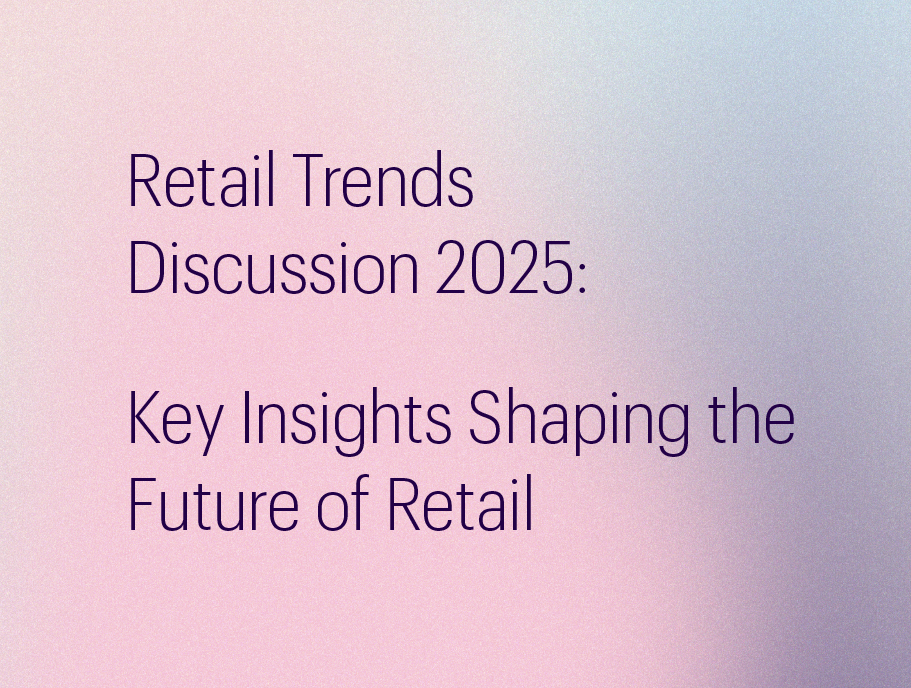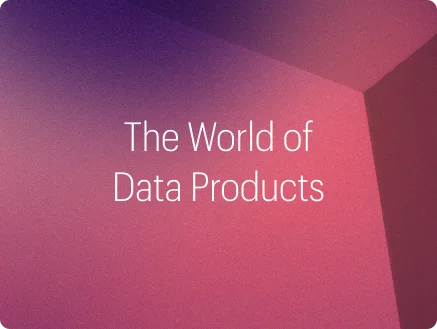As we step into 2025, the Consumer Packaged Goods (CPG) industry finds itself at a pivotal moment of transformation. Reflecting on 2024, it becomes clear that consumer preferences, technological advancements, and macroeconomic shifts have profoundly shaped the industry.
Let us examine the significant highlights of 2025 and the emerging trends anticipated by MathCo’s Consumer Packaged Goods (CPG) specialists, Atishay, Nabeel, and Sumeet. In discussions with industry experts at MathCo, we will investigate essential insights from these CPG professionals to understand the trends that characterized the previous year and the potential opportunities that await us.
Health and Sustainability Take Center Stage
In 2024, the US market witnessed a significant pivot toward healthier snacking and conscious consumption. Consumers increasingly demanded transparency in product ingredients, driving brands to prioritize health, nutrition, and sustainability. This shift wasn’t merely a trend but a profound transformation in how brands engage with their customers. Personalization, once a futuristic goal, became a tangible reality thanks to advancements in Generative AI (GenAI).
Atishay, a CPG principal at The MathCompany, remarked, “Some of the things that at least I have witnessed, specifically when I talk about the US market, is the consumer preferences are getting more and more towards healthier snacking. Because of this shifting focus towards more of health and nutrition, brands are becoming more conscious about what goes into their products.”
Technology Driving Transformation
Nabeel, a leader in building digital assets for CPG organizations, highlighted the industry’s growing focus on leveraging technology to address three core challenges:
“There are usually experiments that are run within the organizations, which are done at a smaller scale, which they like to scale up globally. Second, they are usually tied down to licenses that are great off-the-shelf products but come with large license fees. Organizations want to take back control and own their IP. Finally, amazingly robust off-the-shelf products exist, but they don’t really fit the business process, and adoption suffers.”
This drive for technological ownership has empowered organizations to innovate more efficiently and align solutions with their unique needs.
The Age of AI in CPG
As Sumeet, a CPG tech expert, observed, 2024 marked a tipping point for AI adoption: “The industry here also saw that getting accelerated incredibly fast. We saw organizations get ready for that. A lot of our organizations that we work with were extremely interested in building AI assistants that could either do decision support for the end users — in this case, could be brand managers, category managers — or it could be connecting on, getting more insights from their existing tools like dashboards or PowerPoint decks.”
The use of AI has extended to creative applications like ad generation, social media listening, and even recipe-level experimentation for food and confectionery brands. Packaging innovation also emerged as a promising avenue for AI-driven exploration.
Bridging the Digital Spend Gap
Despite notable progress, Silvana, a global CPG SME, emphasized that the industry still lags behind sectors like financial services and insurance in digital transformation: “If you look at digital spend, CPG companies are still lagging behind. Digital spend is about 75% of total spend, whereas for CPG, that’s 50%. So CPG companies still have to catch up.”
Closing this gap will be crucial for brands aiming to compete in an increasingly digital-first marketplace.
Challenges and Opportunities
The past few years’ price-driven revenue growth strategies began to reach their limits in 2024, compelling companies to seek volume-driven approaches instead. Smaller, digitally savvy brands gained traction by leveraging direct-to-consumer channels and aligning with consumer demands for environmentally friendly products.
Adoption of new technologies, however, remains a challenge. As Nabeel aptly put it, “Just like how humans are creatures of habit, organizations are also so. When we create content with AI, if it doesn’t really fit with the design language of the brand, you cannot use it, which is where a human in the loop comes in. What we’ve been doing is involving the end users from the design phase, going through the development with them, and then conducting an elaborate change management exercise. Having them involved throughout drastically improves the odds of adoption. I like to say that if you follow this process, the transformation doesn’t happen to them, it happens with them.”
Outlook for 2025
The year ahead promises continued innovation and disruption in the CPG space. GenAI experimentation will expand, particularly in personalized customer experiences and product recommendations. Smaller brands will continue challenging established players, leveraging digital platforms to amplify their reach. Meanwhile, larger CPG organizations will need to prioritize sustainability, digital transformation, and consumer-centric strategies to maintain their competitive edge.
As Atishay concluded, “The goal for 2025 is to ensure that transformation happens in collaboration with the industry. By fostering a culture of inclusivity and innovation, the CPG sector can build on its successes and navigate the complexities of an evolving global market.”


